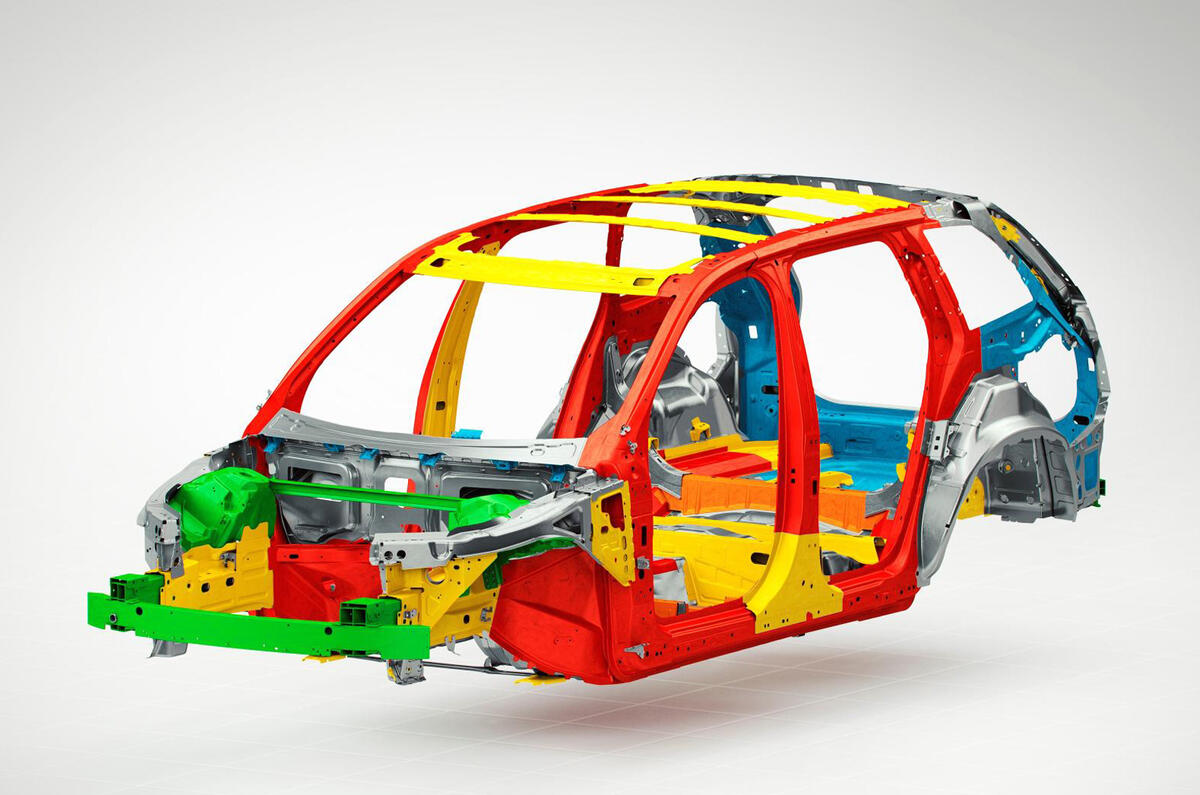Volvo’s new Scalable Product Architecture will feature a new “ground-breaking” electrical system that allows the firm to take advantage of the latest safety technology without the need for significant reengineering.
SPA-based Volvo models will have an electrical architecture that has four “domains”, connected to each other. Each control vehicle dynamics, safety, car body or infotainment functions.
It is designed to allow the integration of new technology, future-proofing SPA-based vehicles from the fast-paces development of microprocessor, sensor and camera technology.
R&D boss, Peter Mertens said: “Each master can be connected to every single unit in the whole architecture. This means that we have one single nerve system with full control over all the connections in the vehicle. This is unique in the industry.”
The new, patented SPA safety cage, with its mix of different steel grades – including boron steel – has been made stronger and smarter.
Volvo says its standard safety technology, such as airbags and seatbelts, continue to be enhanced. In SPA-based cars, for example, rear-mounted sensors will be used to activate the seatbelt pre-tensioners. Existing camera technology will be adapted to monitor lane departure and detect large animals and pedestrians in the dark.
A combination of adaptive cruise control with steer assist and front-mounted cameras will allow the next-generation Volvo XC90 to automatically follow the car ahead in queues and will form the basis of more advanced autonomous technologies in the future.
Volvo’s strategy boss, Jan Ivarsson said: “We retain our uncompromising attitude to offering superior crash protection. The new architecture opens up for further improvements. Seven per cent of the safety cage in the original XC90 was made of hot-formed boron steel. The structure in the upcoming all-new XC90 features over 40 per cent hot-formed steel, which translates into significantly improved strength but without adding mass or weight.”
The development of SPA is to be a crucial element in the firm’s commitment that no one should be killed or seriously injured in a new Volvo by 2020.
Already the Swedish Traffic Accident Data Acquisition services say that modern Volvos have a 60 per cent lower injury rate compared to the average modern vehicle in Sweden.





Join the debate
Add your comment
Volvo is on the right track
Talk is cheap
Perhaps